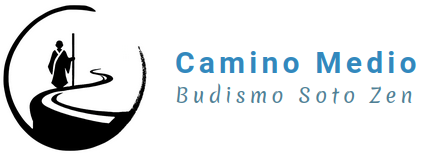And koan It's an enigma, paradox or question used in the Zen Buddhist tradition, especially at Rinzai school, as a tool for spiritual training. Koans have no logical or rational answer., and its purpose is to challenge the habitual conceptions and thought structures of the practitioner. When facing a koan, the practitioner is pushed to go beyond conceptual thinking and experience a direct form of understanding or intuition.
The best-known koan is “What is the sound of a single hand clapping?”?”. Other examples include questions like “What was your original face before you were born?”?”, or paradoxical statements such as “The Buddha is a bamboo stick”. The resolution of a Koan is not found in a verbal response or in a logical reasoning, but in an experience of insight or kenshō, a glimpse into the true nature of reality and oneself.
In Zen practice, the teacher and the disciple work together in contemplation of the koans. The teacher evaluates the student's answers not in terms of logical correctness, but based on direct perception and the state of consciousness that the response reveals. In this sense, Koan is a living tool to break the bonds of the mind and open the practitioner to a deeper and more direct understanding of reality.
The use of koans varies between Zen schools. While the Rinzai school makes extensive use of them as part of meditative practice, the Soto Zen school uses them more occasionally, focusing more on the practice of shikantaza or “just sit”. through koans, Zen shows us that ultimate truth cannot be captured by words or concepts., but it must be experienced directly.
